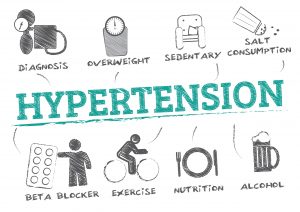
Portal hypertension is elevated pressure in your portal venous system. The portal vein is a major vein that leads to the liver. The most common cause of portal hypertension is cirrhosis (scarring) of the liver.
If you have advanced liver disease, such as cirrhosis, you have an increased risk of developing portal hypertension. Be aware of unusual symptoms and report them to your doctor right away. Symptoms and signs of portal hypertension include:
- Gastrointestinal bleeding: You may notice blood in the stools or vomit blood if any large vessels around your stomach develop due to portal hypertension rupture.
- Ascites: When fluid accumulates in your abdomen, causing swelling
- Encephalopathy, or confusion and fogginess in thinking
- Jaundice, the yellowing of the skin and the whites of the eyes
- Edema (swelling) of the legs
- Caput medusa, a visible network of dilated veins surrounding your navel There are a number of ways to diagnose portal hypertension. For patients with end-stage liver disease who present with ascites and varices, the doctor may not need to perform any diagnostic tests and can confirm a diagnosis based on symptoms.
Diagnostic procedures your doctor may order include:
- Imaging and blood tests
- Pressure measurement studies
- Endoscopic diagnosis
The effects of portal hypertension can be managed through diet, medications, endoscopic therapy, surgery, or radiology. Once the bleeding episode has been stabilized, treatment options are prescribed based on the severity of the symptoms and on how well your liver is functioning.
0 Comments